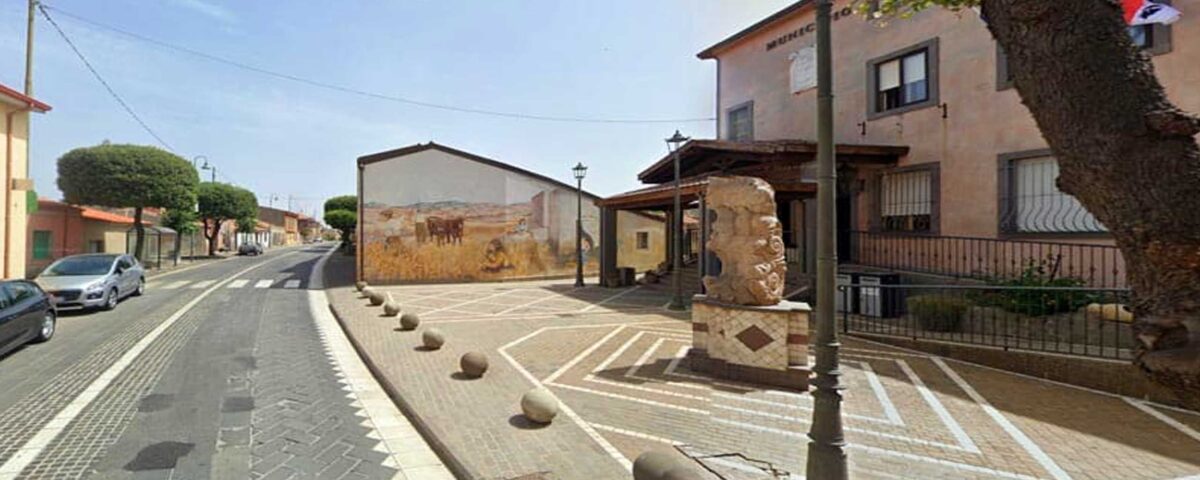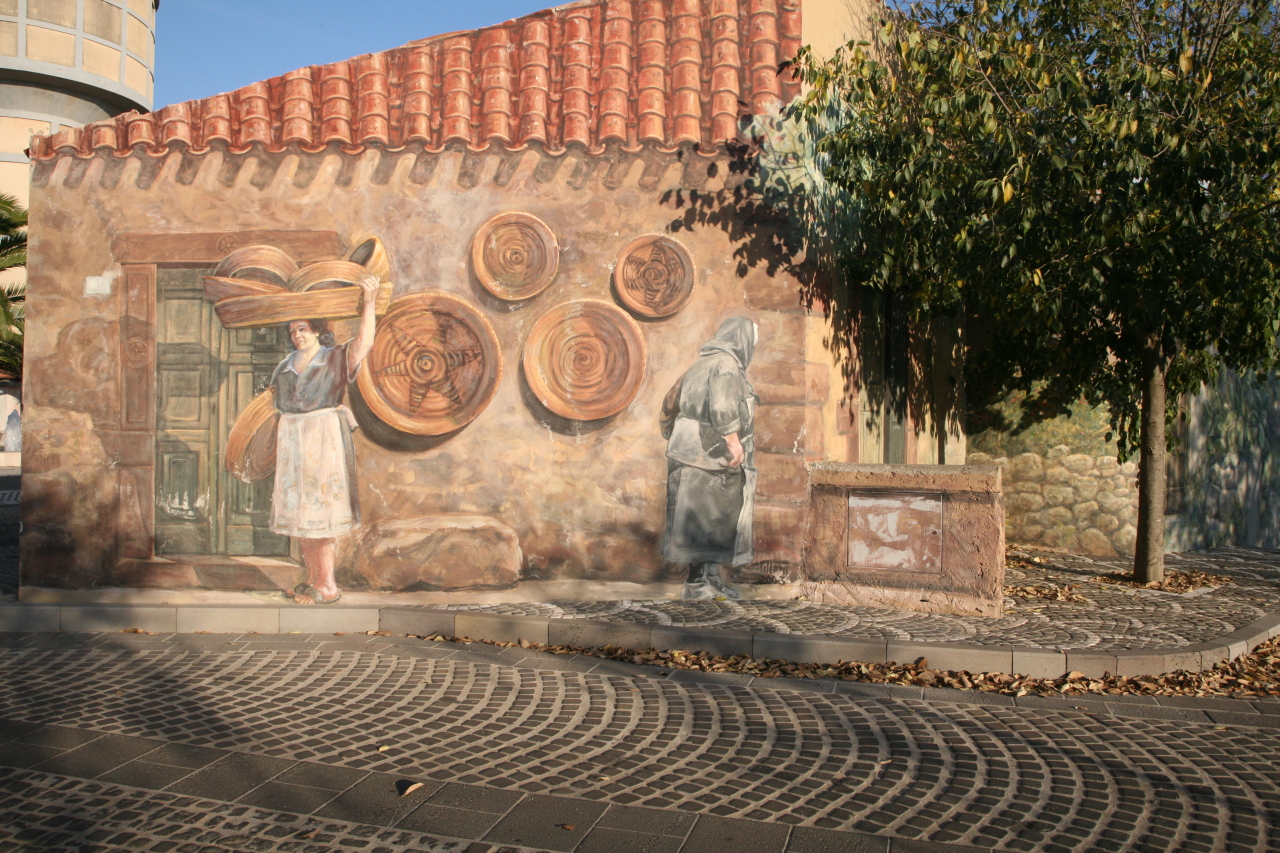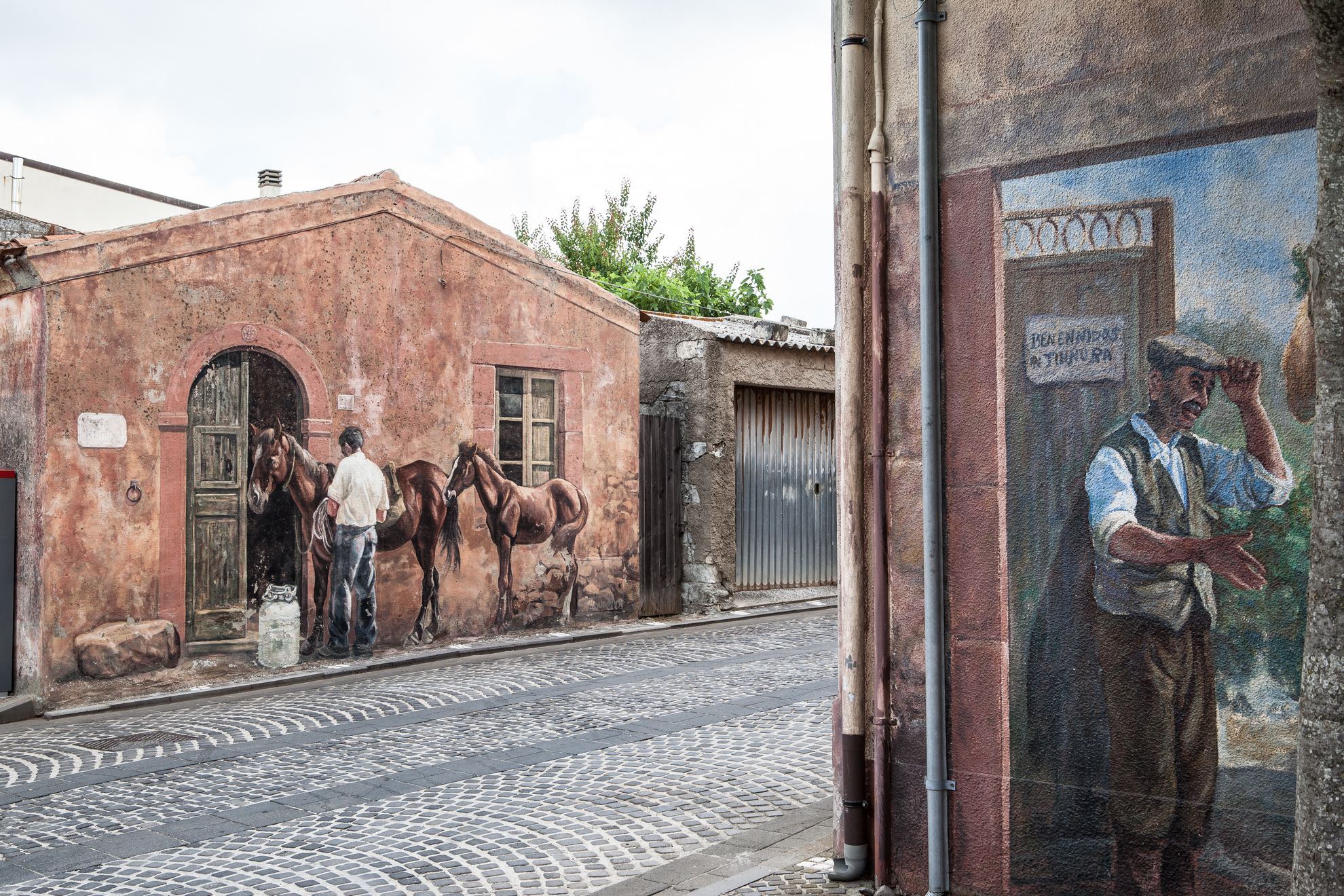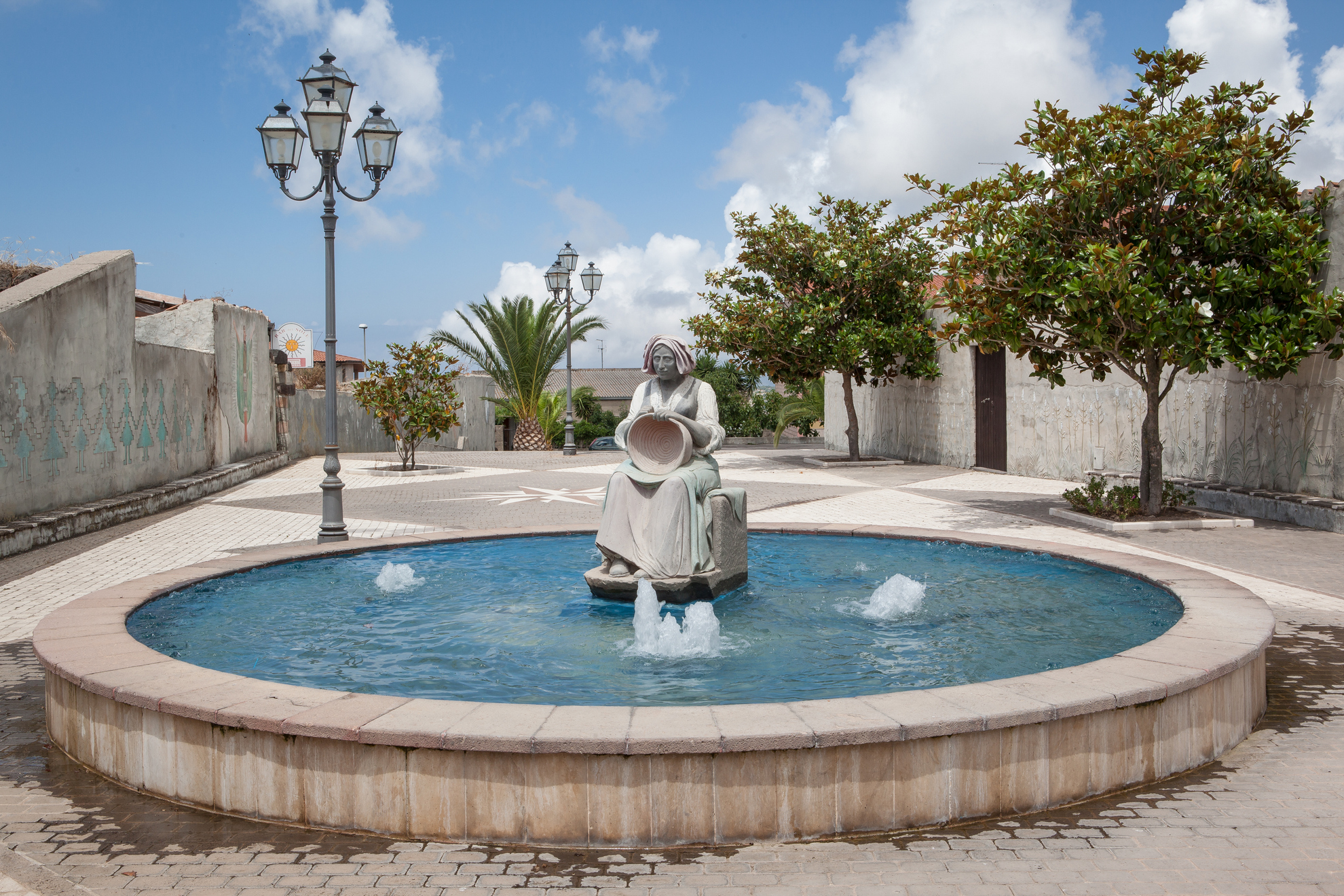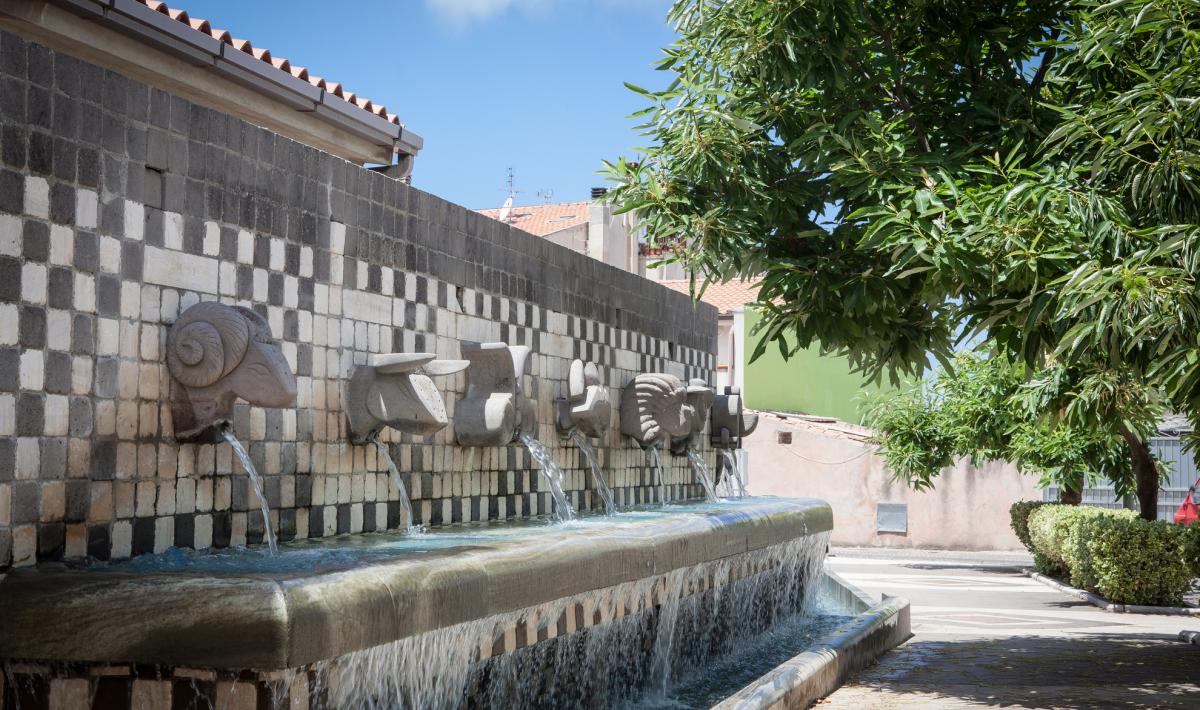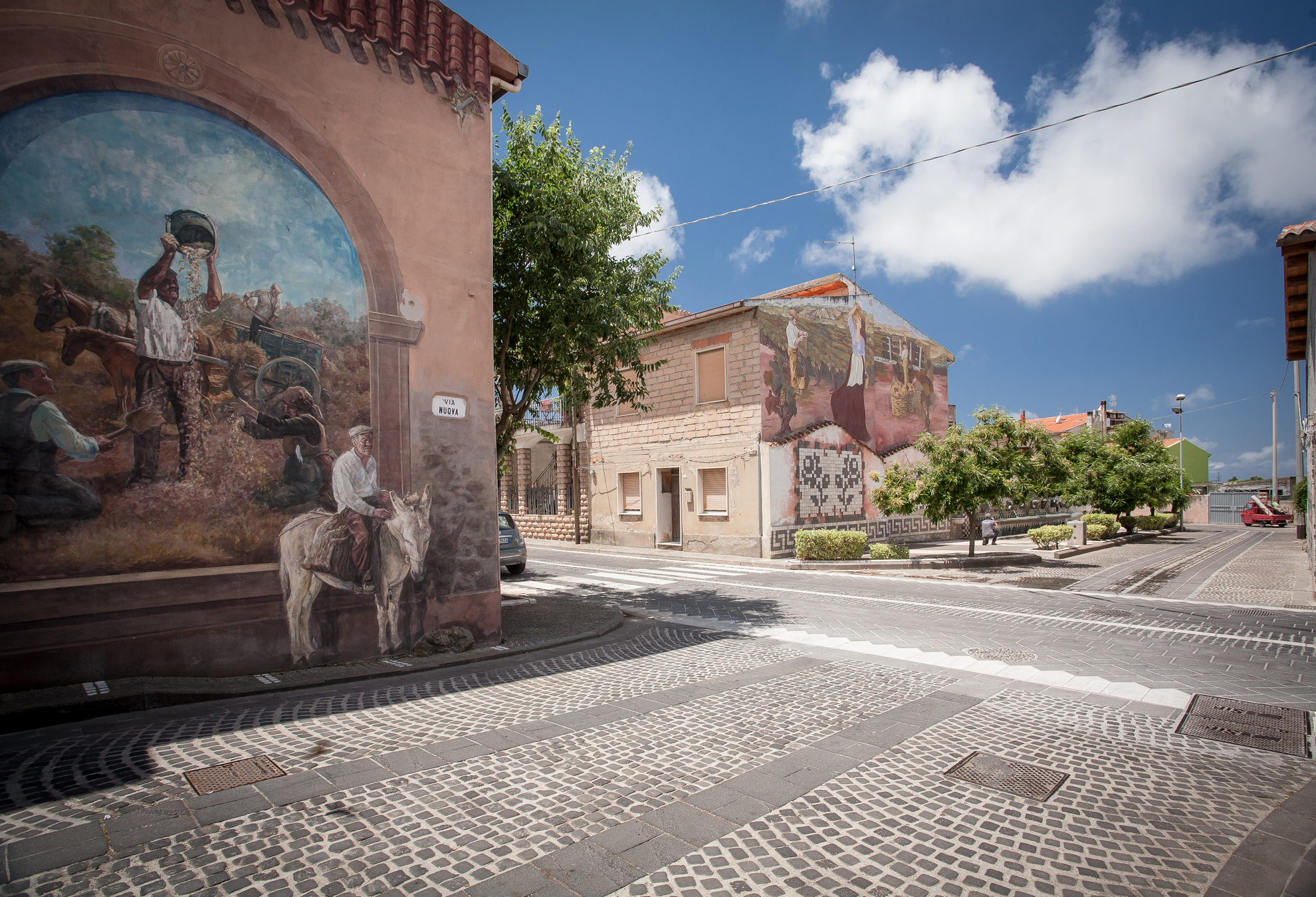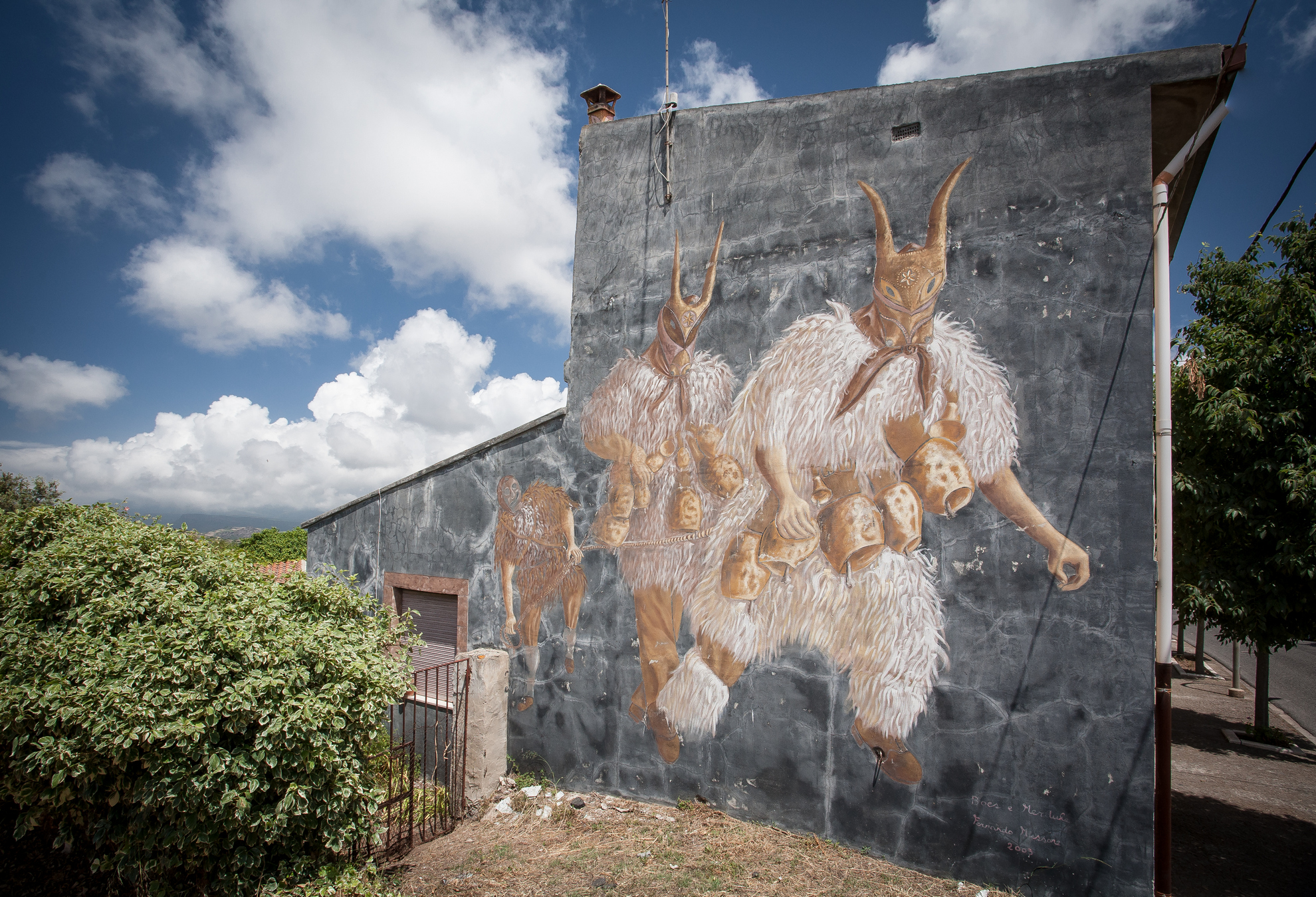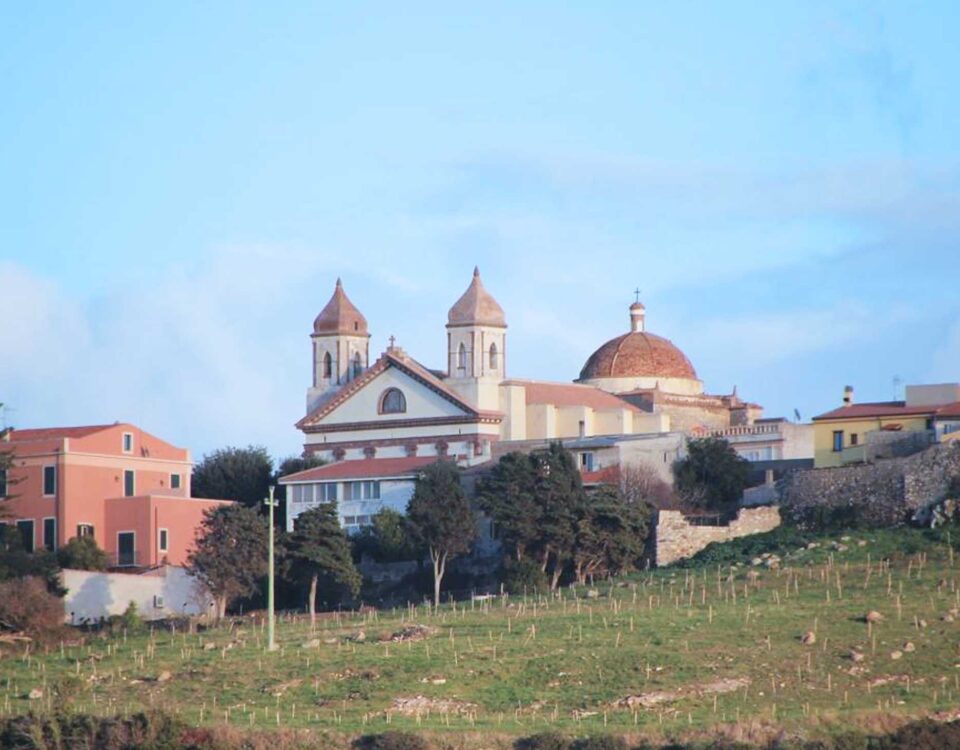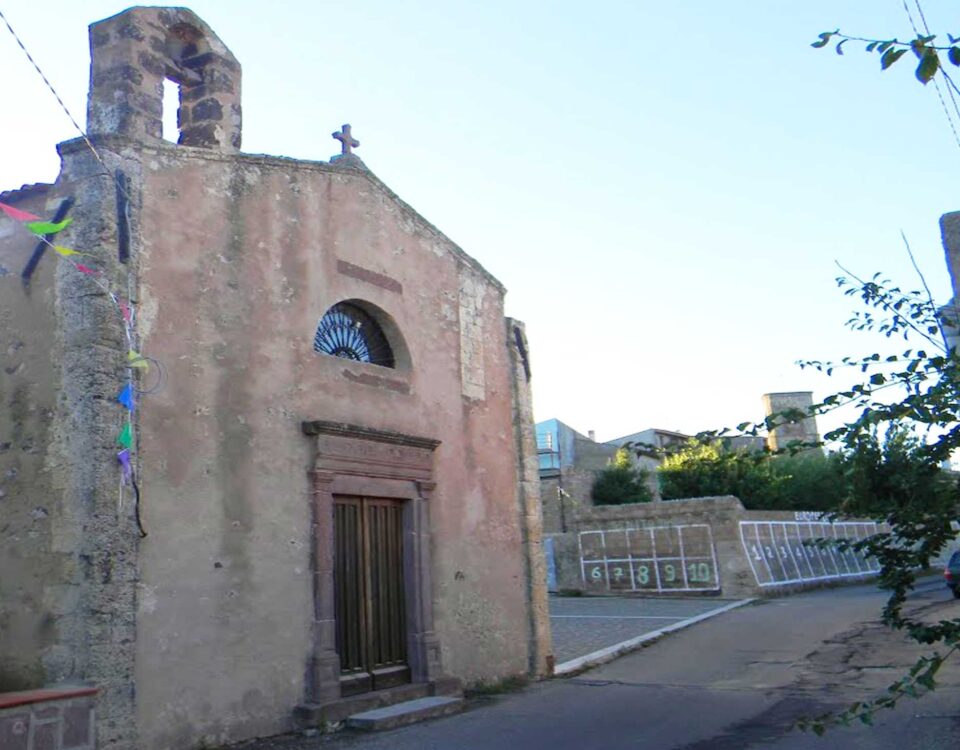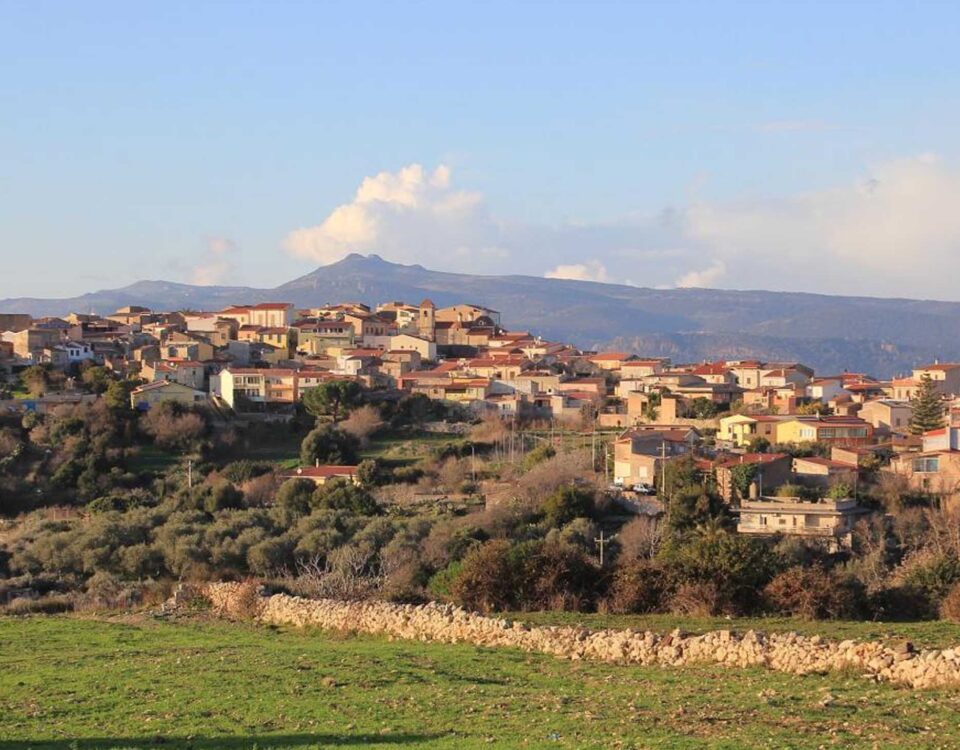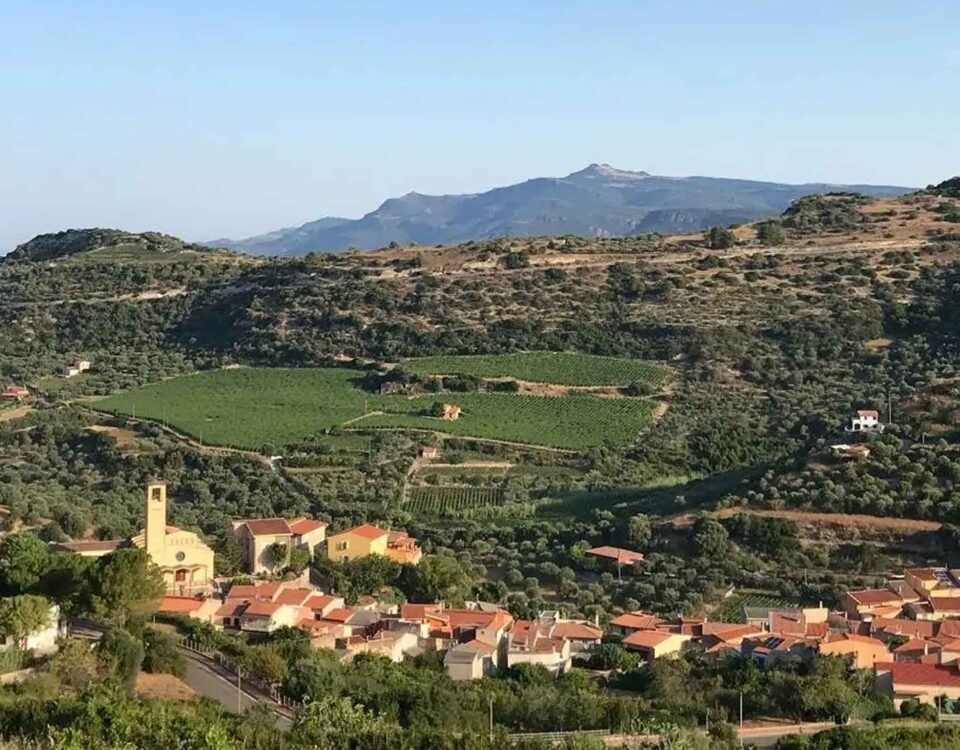
Municipality of Suni
28 March 2023
Municipality of Tresnuraghes
28 March 2023It shares the manufacture of asphodel, reed and willow baskets with another small village, Flussio, to which it is seamlessly connected by State Road 292 that crosses the Planargia. Tinnura, a village of just 250 inhabitants, among the smallest on the island, nine kilometres from Bosa and 55 from the provincial capital Oristano, stands on a basaltic plateau and overlooks the fertile valley of Modolo. Livestock farming and agriculture are the dominant activities: olive groves, orchards and vineyards are cultivated here, from which excellent quality wines, especially malvasia, are produced.
The village is an 'open-air' museum of modern art: in the charming cobbled streets and squares, you will admire monuments and statues by Sardinian artists (including Simplicio Derosas and Pinuccio Sciola) and picturesque murals painted on the façades of houses, depicting moments of rural life and the village. You will also be impressed by the variety of colours of the paved floors in red trachyte, white marble and grey basalt of the streets, along which, in spring, you will notice the vegetable fibres exposed to the sun to dry and then used in the making of baskets. To macerate the asphodel, until recently, water from the village fountains was used, including Funtana 'e giosso, whose architraved entrance and plastered dome you will appreciate. It is likely that the place name itself, of pre-Roman origin, derives from thinnías, the thorny rush plants of the nearby rivers. Also worth visiting is the 17-century parish church of St. Anne with an elegant red-brick banded bell tower.
READ ALL
The patron saint is celebrated at the end of July with religious and civil rites. Another popular feast is for the Blessed Virgin of Remedy, in early September.
The territory of Tinnura was inhabited since pre-Nuragic times, as demonstrated by several menhirs. The nuraghe Tres Bias (or Trobia), a complex structure placed to control the surrounding area, and the nearby Giants' Tomb on Crastu Covocadu, one of the largest and most important on the island, around which artefacts from the second half of the 2 century B.C., i.e. the Roman period, have also been found, date back to the Bronze Age. Numerous farms dedicated to cereal cultivation survived until the Middle Ages, when the village was under the domination of the giudicati first of Cagliari, then of Arborea, with a brief feudal passage to the Malaspina family.


